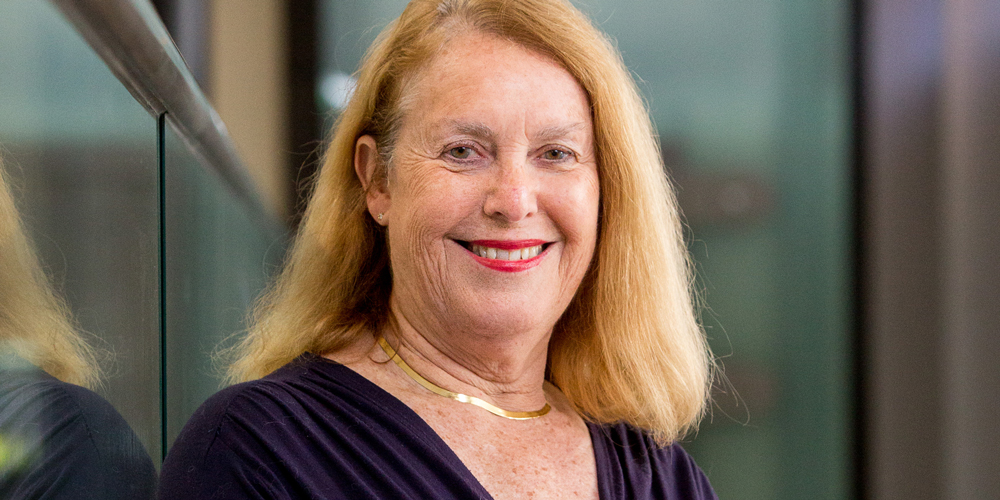
Australia’s renewed guidelines for cervical cancer screening will be introduced in May 2017 and success may well come down to the willingness of clinicians to accept change.
The new method of screening proposed would see women starting screening from the age of 25 (consistent with WHO recommendations) instead of at 18. The new plan will use human papillomavirus (HPV) testing conducted five yearly rather than Pap tests every other year.
The changes are being introduced on the recommendation of the Medical Services Advisory Committee (MSAC) to build on the success of the National screening program that started in 1991. This is necessary as we move into a new era when the majority of young women (up to 35 years old in 2016) have been vaccinated against the four commonest strains of HPV.
A team from the Women’s, led by Dr Yasmin Jayasinghe and with lead author Dr Desiree Yap, who are both Consultant Gynaecologists in the Dysplasia Unit at the Women’s, set out to investigate the attitude of colleagues to the changes.
The team also included Prof Suzanne Garland and Dr Stefanie Hartley from the Women’s Centre for Infectious Diseases and Mr David Wrede and Dr Jeffrey Tan from the Dysplasia Unit at the Women’s.
“We wanted to know about the willingness and acceptance amongst Royal Australian and New Zealand College of Obstetricians and Gynaecologists (RANZCOG) affiliates of the changes in the Australian National Cervical Screening Program,” Mr Wrede said.
“And the team wanted to understand the potential barriers to introducing these changes.”
Writing in the March issue of the Journal of Clinical Virology, the group concluded that most Obstetricians and Gynaecologists were willing to change screening practice although there was some concern about delaying screening from 18 years to 25.
“We need to explain clearly that there is strong evidence that screening before 25 years is ineffective and potentially harmful,” Mr Wrede added.
“Good change management strategies will be critical to clinicians adopting the new guidelines, which will ensure the successful delivery of best practice in cervical screening to Australian women,” the team concluded.
Read the full article in the March issue of Journal of Clinical Virology